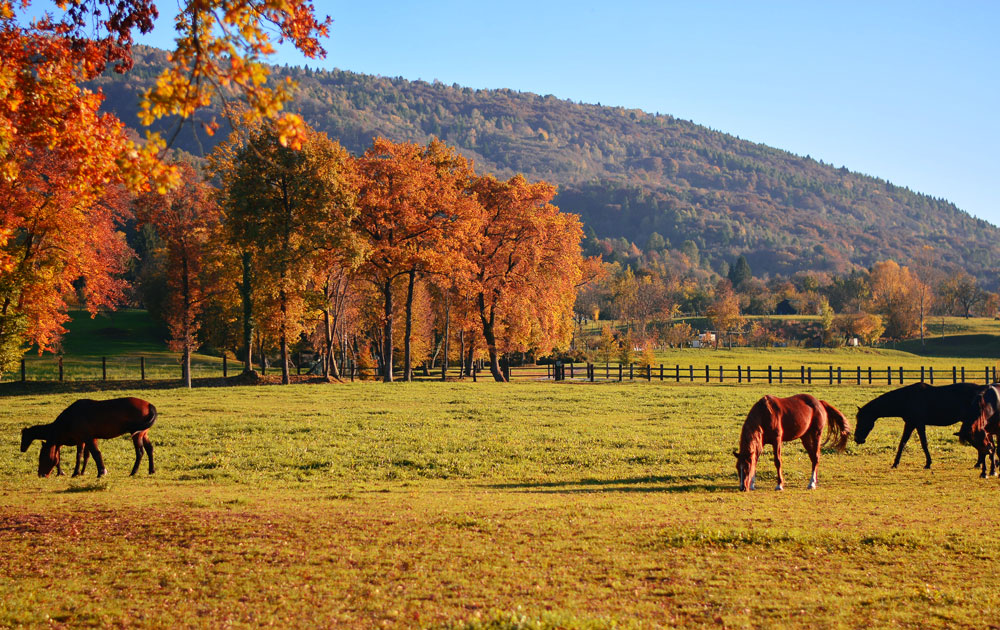
There are several ways to improve a pasture that no longer has a good stand of grass, but sometimes the best alternative is to start over and seed it again. Bob Coleman, PhD, State Extension Specialist, University of Kentucky, said re-establishing a pasture is expensive and time consuming and should be a last resort.
“There are things we can do to delay the need for reseeding, but eventually it may be our only choice,” Coleman said. “In many cases, however, if we can manage a pastures as several separate entities we can extend the life of the stand.”
If you can reseed one small piece at a time, it’s not such a formidable challenge. “You could reseed a quarter of it each fall, mowing that piece fairly short and seeding into that sod some grass species that do well in your geographic region,” he said.
He said another method to improve spotty pastures is to add seed onto an established stand to fill in any bare spots.
“Talk to people in your area about what kind of seed to use,” Coleman advised. “Select one part of the pasture that you could seed in the fall (using good-quality certified seed) and let it become well established before you have to use it—leaving it alone until the next summer.”
If you reseed the whole pasture and try to graze it too soon, horses seek out the new tender grass and might pull it out by the roots, then you’ve wasted your time, effort and money on seeding.
A lot of your success in seeding depends on timing. “In some parts of the country, it’s been so dry that seed may not germinate in the fall,” said Coleman.
Check with extension agents in your area who can give advice on which types of grass to seed and how to go about it.
“Here in Central Kentucky, bluegrass is the standby,” said Coleman. “But in some parts of the state, we don’t use bluegrass because it doesn’t do well. We might use orchard grass or other grasses in those areas.”
Be careful using any chemical weed control just before or right after putting in a new seeding because herbicides will be hard on new grass. “There will be some windows of time relative to the weeds you are trying to control, and the products you use. It’s not about whether there’s a grazing restriction; this is about the health of your new grass stand,” Coleman said.
“If you want to completely reestablish the whole pasture, start in early August for weed control,” he advised. “You may have to use a product to get rid of all the weeds, and it may need two applications to clean the weeds up. Then you seed it. If you can split your pasture into several pieces and just do part of it at once, you can get it established (leaving it ungrazed for 12 months), then it will be a productive pasture that will last a long time,” he says.
This piecing of your pasture to renovate also gives you a new pasture for your horses to graze while you are reseeding another portion of the acreage. “It will cost a certain amount per acre, but when you do it over several years, you don’t have to pay for it all at once.”


